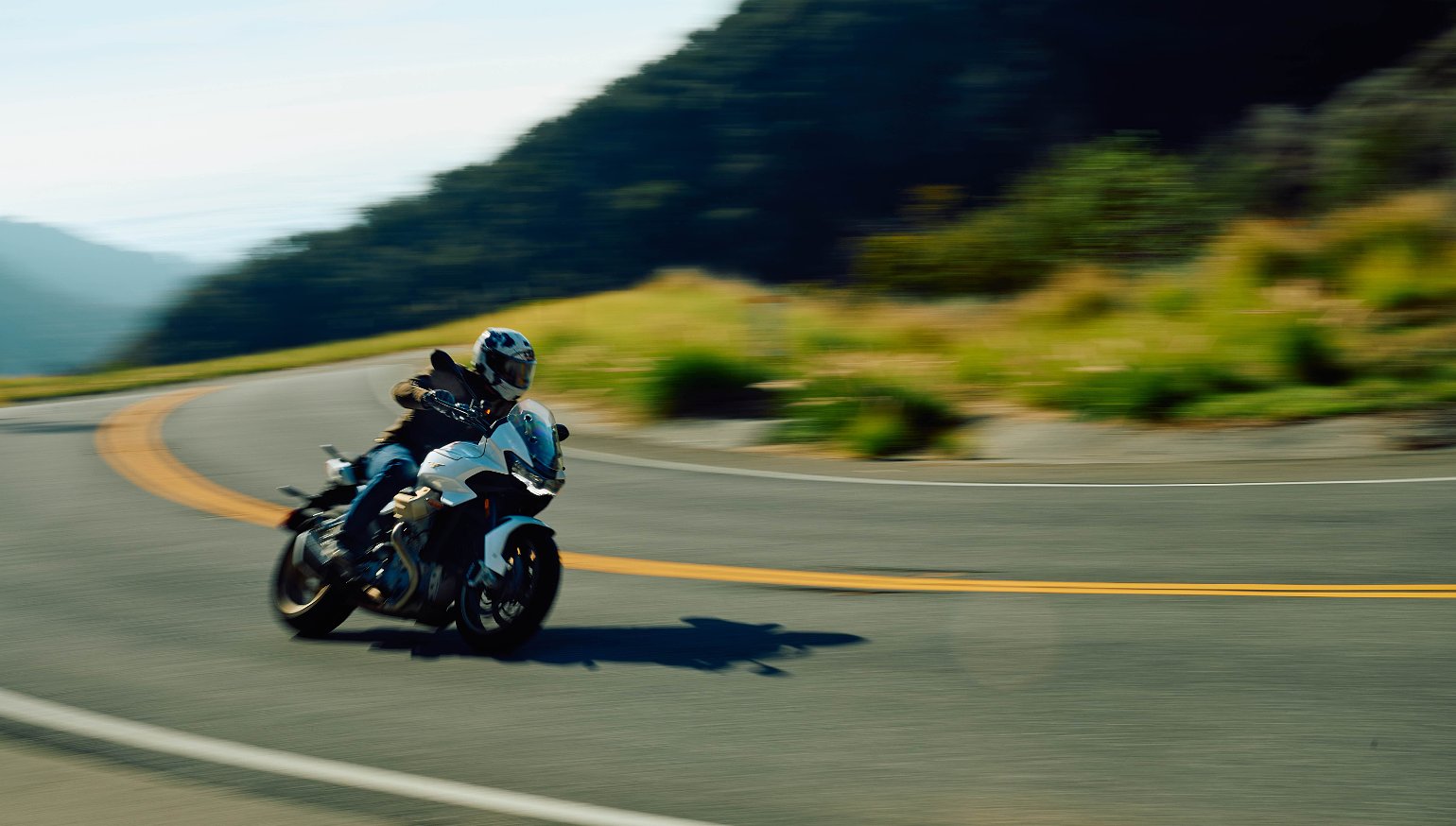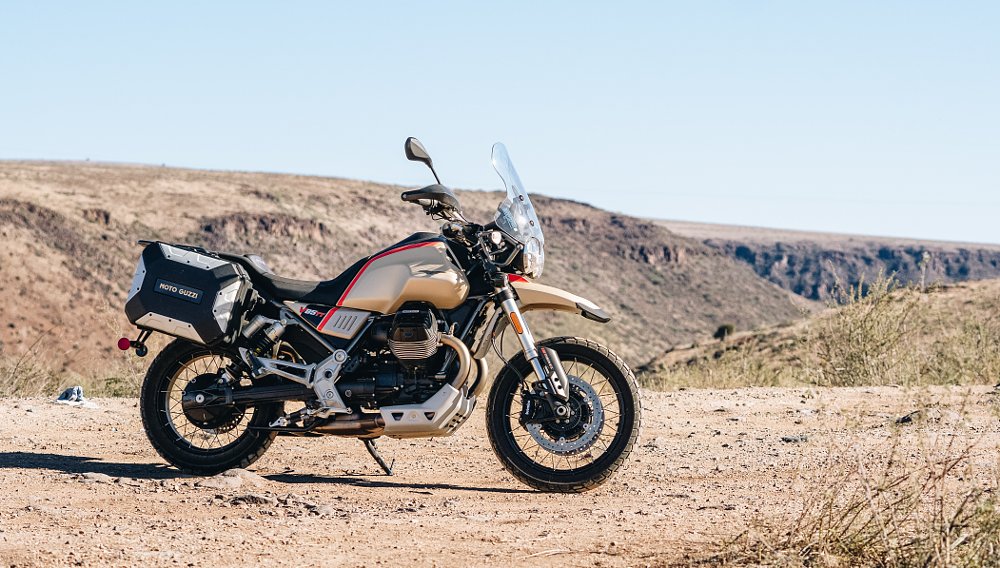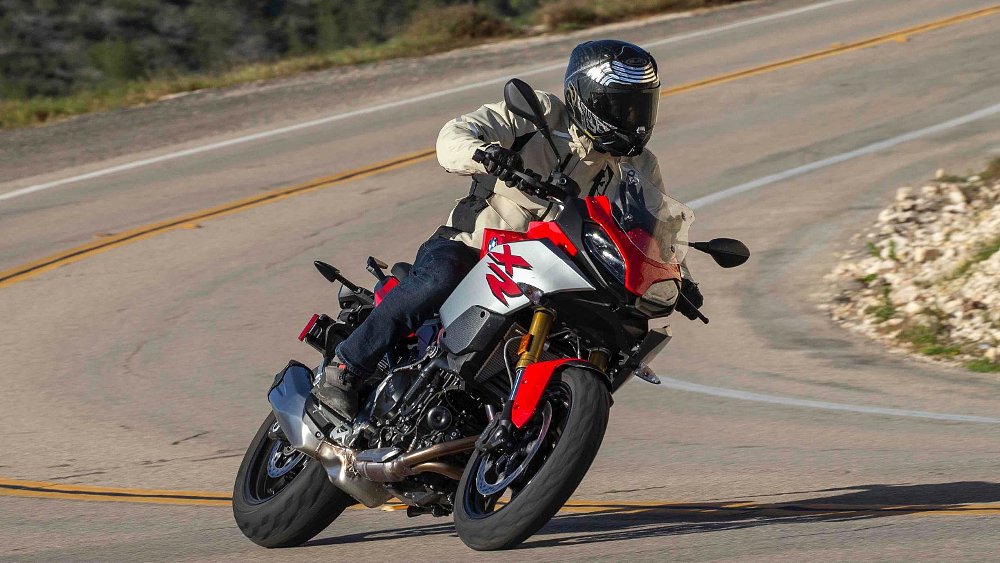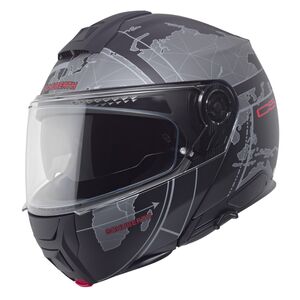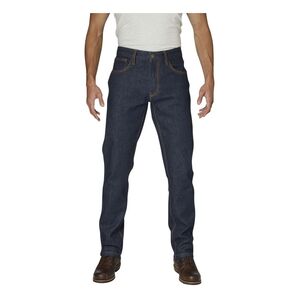Character is a word that is almost certainly overused when reviewing motorcycles, especially Italian ones. Easy to understand but hard to explain. The best thing about the term is the open-endedness, the mystery. Is it good, or is it bad?
For Moto Guzzi, it’s been a bit of both. Especially in the past 10 years, the company has done well to ride the wave of motorcycles with vintage aesthetics and modern features. Functionally, however, Guzzis have often fallen short. Even dusty codgers who long for yesteryear sometimes struggle to make excuses for clumsy gearboxes, grabby clutches, and strange ergonomics.
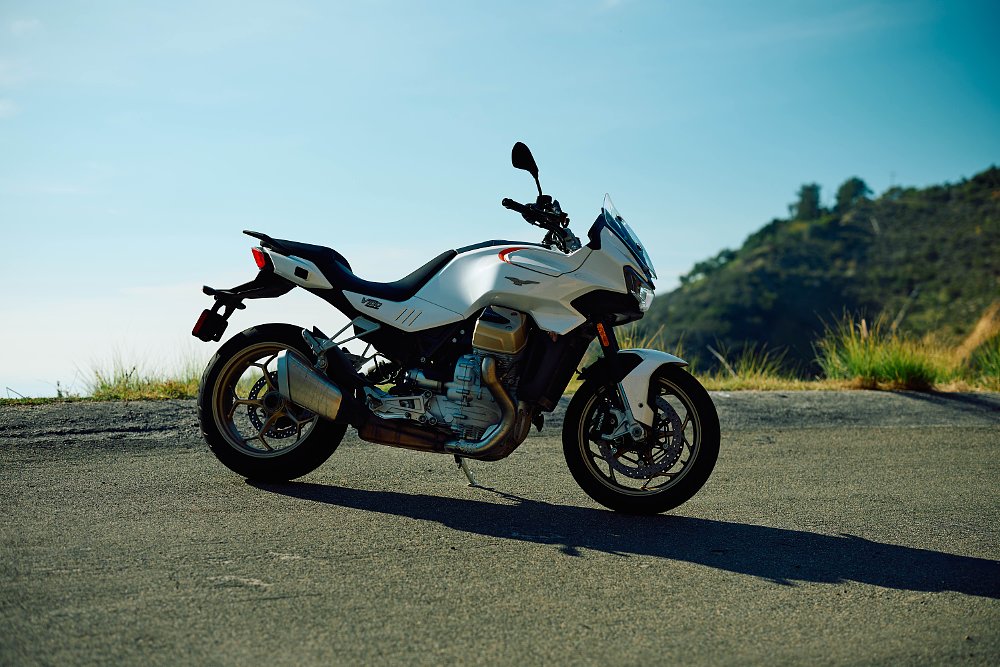
The brass at Moto Guzzi clearly recognized this and took action. The goal: keep the traditional and recognizable facets of a Moto Guzzi intact, but also take two sizable steps. One into the present and one toward the future. As a reminder, here's what we learned in late 2021 when most of the specifications were released, and in late 2022 when we first rode the bike, By all accounts so far, the steps have been taken successfully.
Becoming state-of-the-art but keeping traditionalists happy is lot to bite off, and also an extremely common challenge faced by certain brands and models of motorcycle — fighting to maintain a certain look or feel while avoiding technological stagnation. It’s not a fool’s errand, either. There are plenty of success stories. A Harley-Davidson Softail looks like it has no rear suspension and yet it does. A Triumph Bonneville’s exhaust appears to go straight from the engine to the muffler, but the gasses flow through a labyrinth of chambers under the engine before puffing out the pipe.
The Mandello on paper
The best analogy for what Guzzi has accomplished with this V100 is what BMW did with its flagship boxer twin about 10 years ago — add liquid cooling, rotate the cylinders 90 degrees, drop the single-plate clutch for a more modern one, put the shaft drive on the other side, and fiddle with all of the myriad effects of these large-scale changes to make a bike that feels modern. Just with the changes to the engine, Moto Guzzi set itself up well.
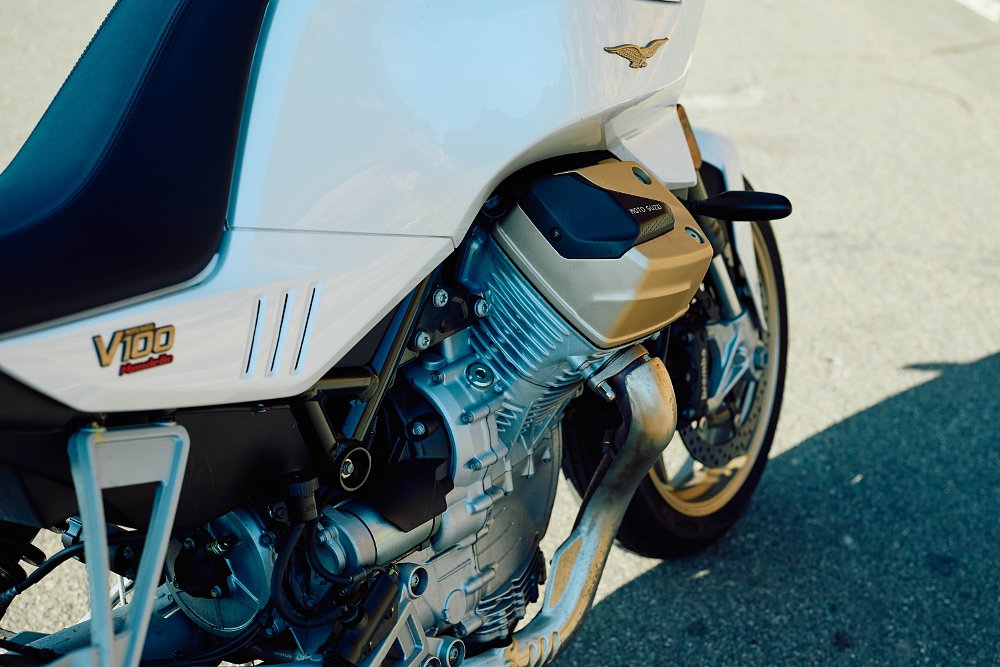
The 1,042 cc engine in the V100 Mandello has about 20% more displacement than the 853 cc engine in the V85 TT, and makes 50% more power. I would say that’s just the beginning, but actually that’s the end result of all of the engineering changes made to the powerplant. It looks a lot like a classic Guzzi mill even though it was actually cut from whole cloth.
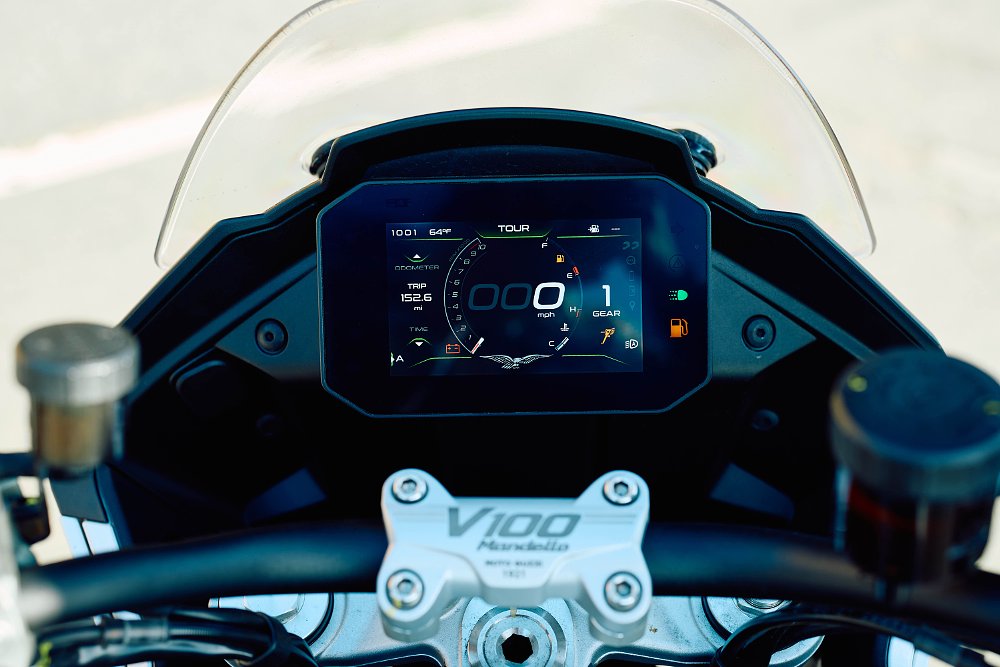
I appreciate that, and I’m really tempted to keep mentioning the little things that I noticed or learned while we had the bike around. Did you know the engine is more than four inches shorter than the one in the V85? You probably did. And I could tell you how interesting it is that it weighed in at 525 pounds on our scales or that I averaged around 40 mpg. But, much as I like due diligence, that’s not the interesting stuff.
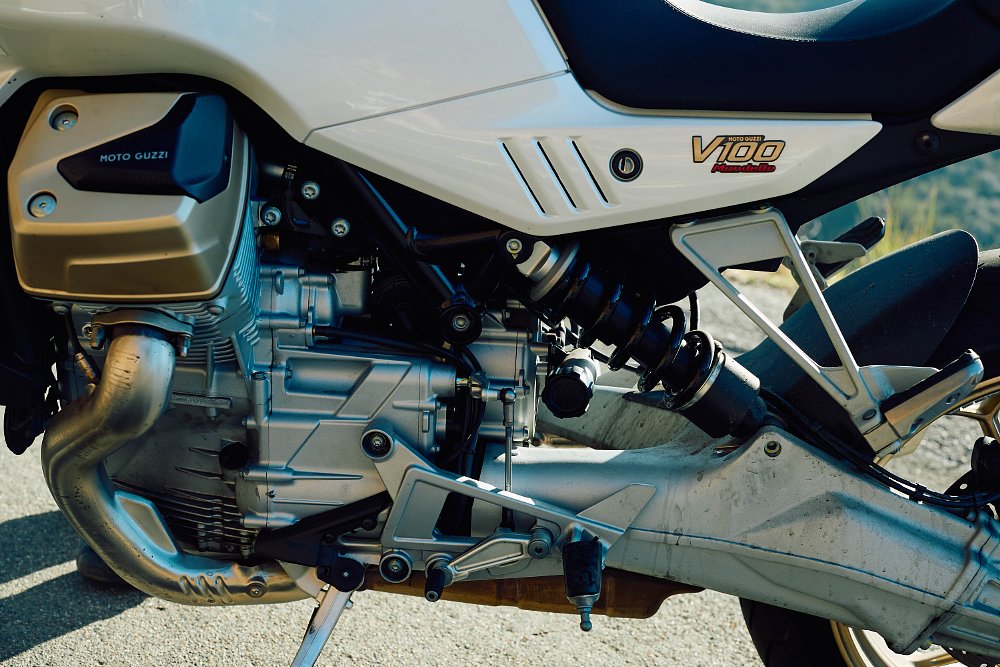
This might be the most resource-intensive machine that Moto Guzzi has released in the past decade, with some of the most interesting design changes and breakthroughs to come out of the Mandello factory, and yet I ran out of gas while riding it. As usual, it’s the quirks and personality of the thing that seem to matter the most.
The Mandello on the road
First, a bit of basic praise for the arguably archaic engine that Guzzi has worked so hard to perfect in this model. It is totally wicked. There is a little fueling or tuning gremlin in there somewhere, sadly. I occasionally hit an odd flat spot — which I cannot attribute to any particular ride mode or to TC being on or off — that I wish wasn’t there. But, for the most part it’s stupendous.
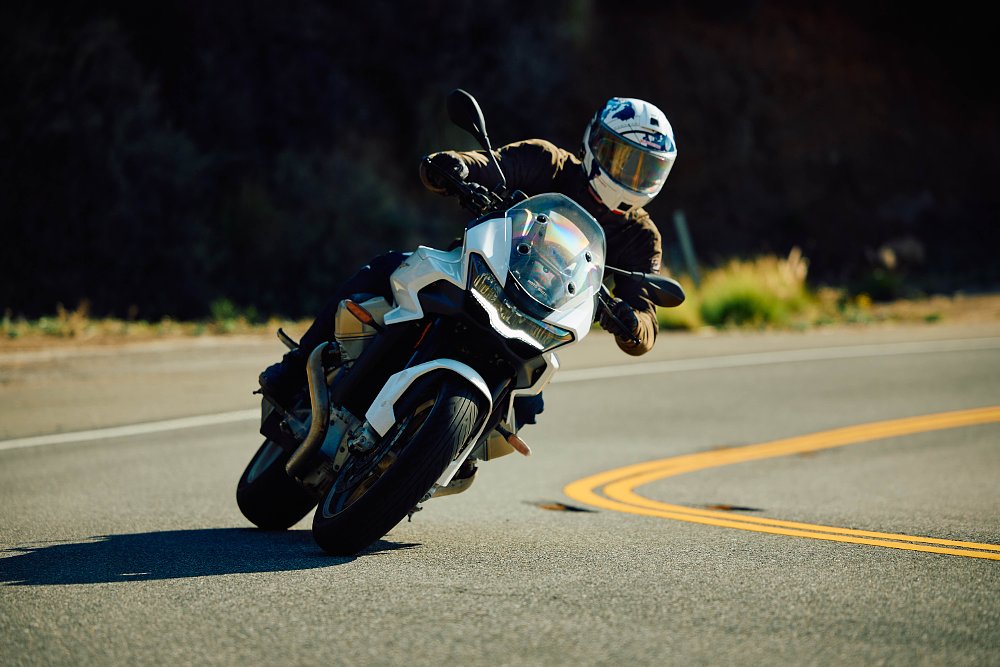
It feels like an old-school, burly V-twin when it’s lugged but when it revs up it absolutely comes alive. I was consistently impressed that it has both of those characteristics wrapped up in one package, and it definitely allows me to forgive that strange hole I sometimes find in the powerband. It’s not as frighteningly strong as KTM’s 1290 Super Duke R but it reminds me a bit of that, believe it or not. Thick, rich grunt down low with genuine spice up top.
Now, for some of those quirks. Why can’t V100 riders adjust the power windshield at more than 70 mph? I cannot think of a good reason. While we’re talkin’ aerodynamics, those active-aero wings that push up from the side of the fuel tank are just plain silly. I tried to notice the effect, I really did, and my official statement is that they do practically nothing.

Guzzi says deflectors offer a 22% reduction in air pressure on the rider. I say that’s either not true or the human body cannot perceive changes in pressure to that degree. From where I’m sitting it is a complete gimmick, and even if it did keep some water off my legs when it’s raining it’s not even close to worth all of the complication, or marketing pomp and circumstance.
Unfortunately, there’s more.
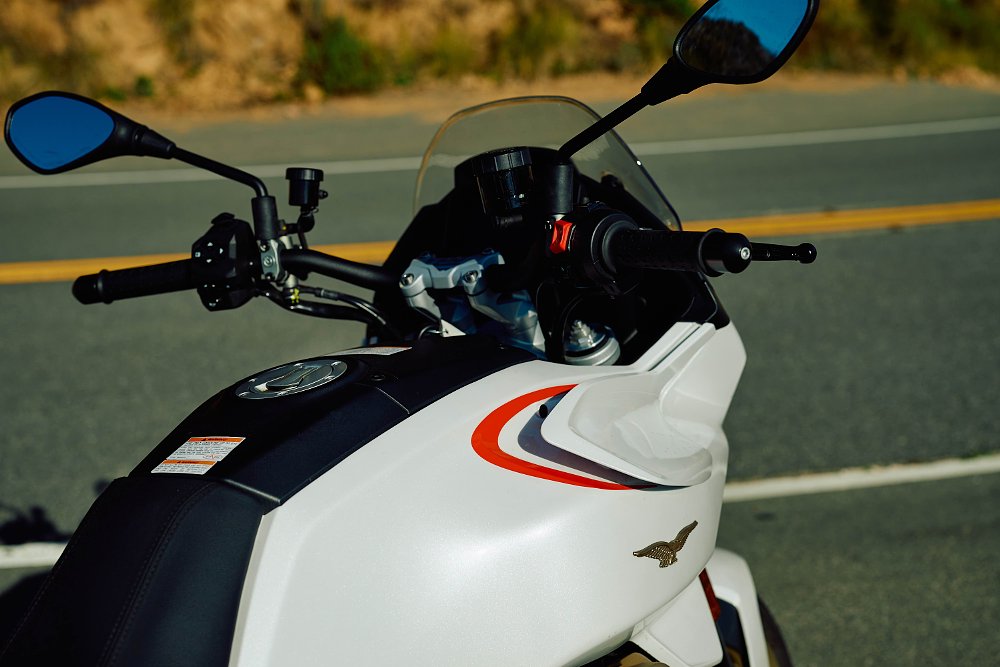
The suspension on the base model we had was lackluster. The spec sheet shows five inches of travel but sometimes it felt like about half that. Gentle undulations in the road seem to be controlled pretty well, a credit to the balance of the chassis, but sharp bumps often send a nasty jolt through the handlebar and seat. I suspect the Öhlins kit on the S model, aside from being all electronical-n-whatnot, is also more refined.
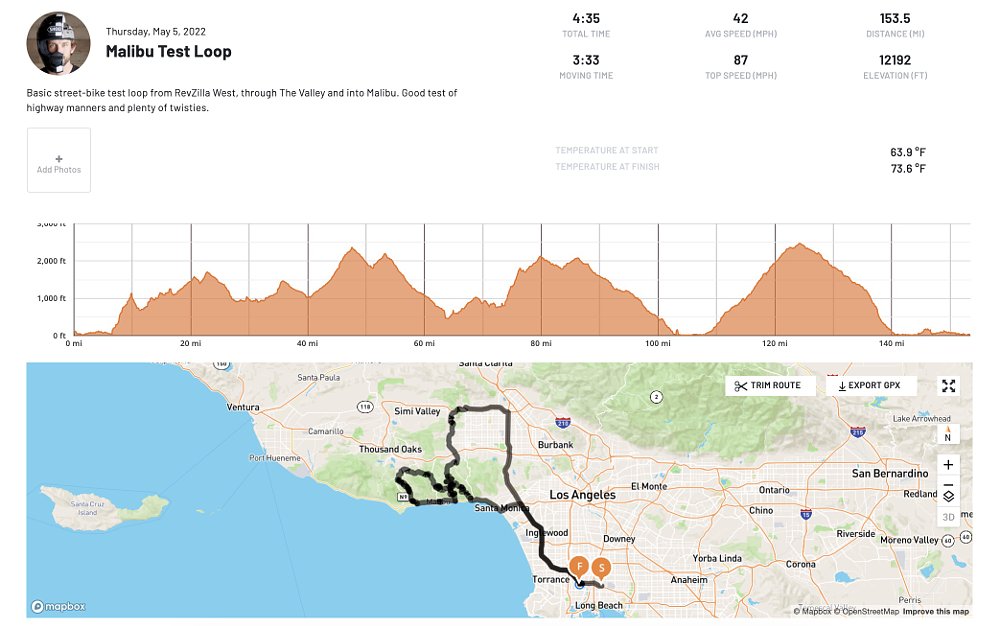
On the topic of the up-spec S version, I didn’t get to play with the quickshifter on this base model but I wonder if that technology affected the ratios in the gearbox. It seems plausible that tighter, sportier ratios allow a quicker and smoother swap from gear to gear, but considering the huge range of usable rpm, I can’t help but be a little disappointed that the ratios for fourth, fifth, and sixth gear are all so close to each other. Of all the engines that deserve an insanely high, loping overdrive, this one is near the top of the list.
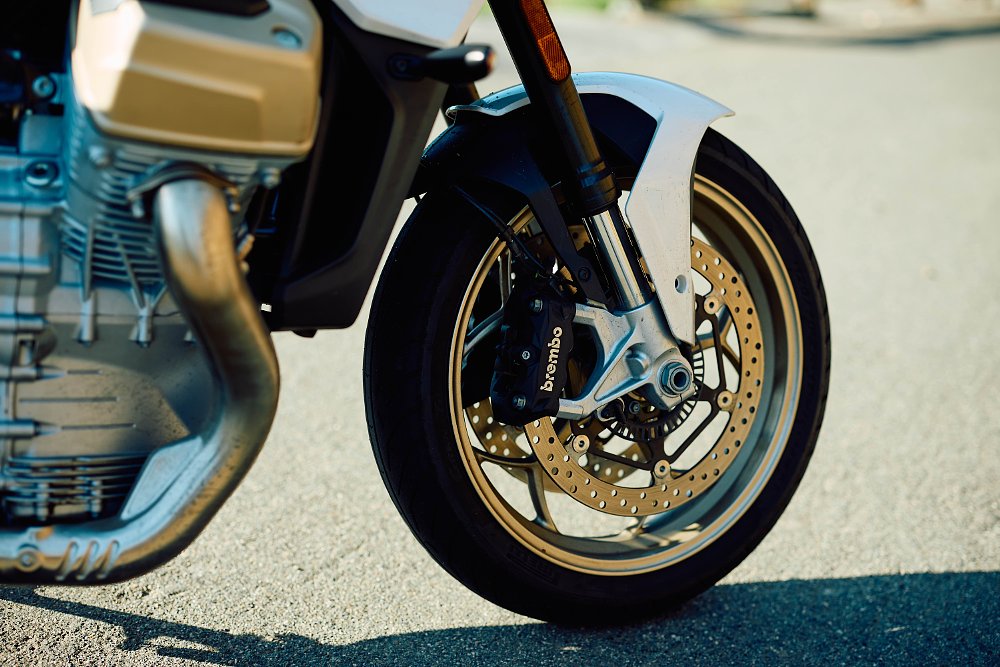
Nor does it need so many ride modes, incidentally. Low power and all of the power, those are the only two that make sense. I think some of the layers of ride-modability could be removed and some layers of foam could be added to the seat. A half-inch more padding would make for a 32.5-inch seat height, which seems perfectly acceptable for this class of machine.
Last of all, the dash is flawed in some interesting ways. To put a finer point on it, why do you suppose the range-to-empty function would stop estimating how many miles to empty as soon as the fuel light illuminates? I’ll raise my hand and admit I should have gotten gas sooner, but to push the last three quarters of a mile to the station and then only be able to put 4.3 gallons into a 4.5-gallon tank really made the whole thing feel like a conspiracy.
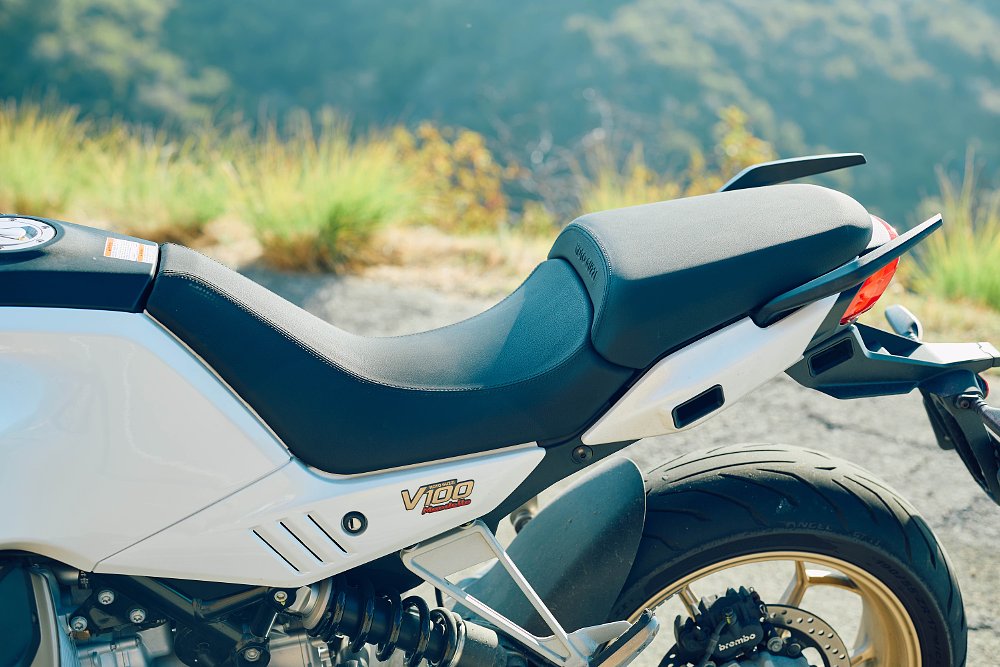
A quick opinion: The dash feels sort of cartoony, too, certainly for how stately and mature the Mandello feels. I’d love a display option that focused on a huge, shuddering tachometer and basically nothing else. Ultimately, I just think a bike of this stature and quality and power deserves a beautiful dash, and an excellent saddle, for that matter.
Wait, hang on. I’m not sure it makes sense to complain about a motorcycle’s suspension, electronic features, seat, and gear ratios and then applaud its stature and quality. Especially not for a bike with an MSRP that reads “$15,495.” But I stand by it.
A motorcycle, pure and simple
This is where the review gets tricky, because I have to explain why the foundation and overall feel of the V100 Mandello is altogether too wonderful to be truly set back by any of my complaints. Luckily, some aspects of the bike easily counteract the flaws. The brakes are terrific, for example. And, even if I don’t agree with the ratios inside, the overall sensation delivered by the transmission is satisfying and mechanical in the right way.
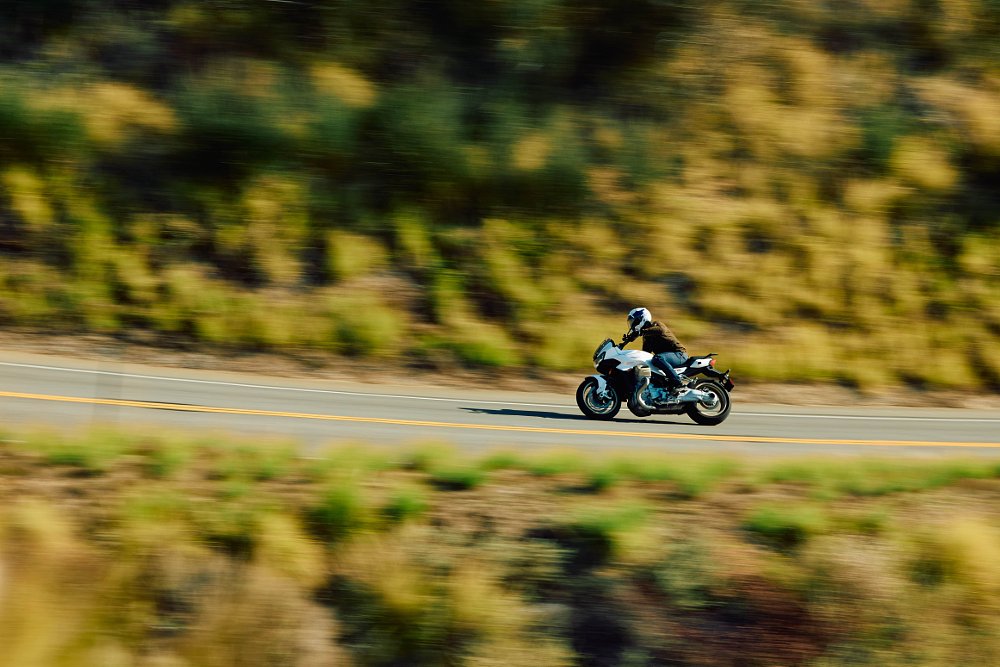
That “good” character, though, where does that come from? Is it because the engine feels and sounds wholly different from anything else on the road? I do think that’s part of it. There are lots of types of twins out there, some more popular than others, but the only place any of us are going to find the strange torque-twist of a longitudinal crank combined with the velvet baritone of a bevel-drive Ducati is right here. It’s gotta be a Goose.
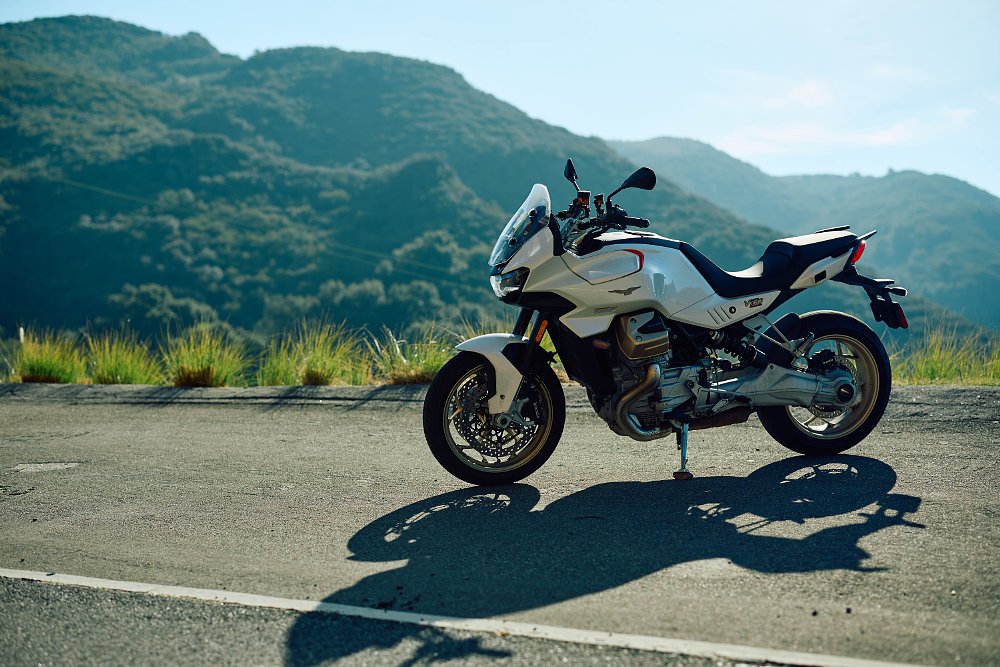
One thing that I don’t think the V100 Mandello gets enough credit for is a unique look. There’s an air of purity and simplicity floating around the V100. The tail section and the exhaust pipe are stubby, as are the windshield and the front fender. All of it combined makes the bike look purposeful and muscly. One long, sweeping piece of bodywork runs from next to the headlight all the way back to under the seat. Odd, yet elegant.
It doesn’t seem to lean in the direction of any particular style trend, either. It doesn’t have rough-n-tumble, quasi-off-road looks of an adventure bike and it doesn’t have sharp, angular lines that suggest it’s a sport bike underneath. The reason it doesn’t look like anything else is that it isn’t trying to be anything other than what it is: a motorcycle.
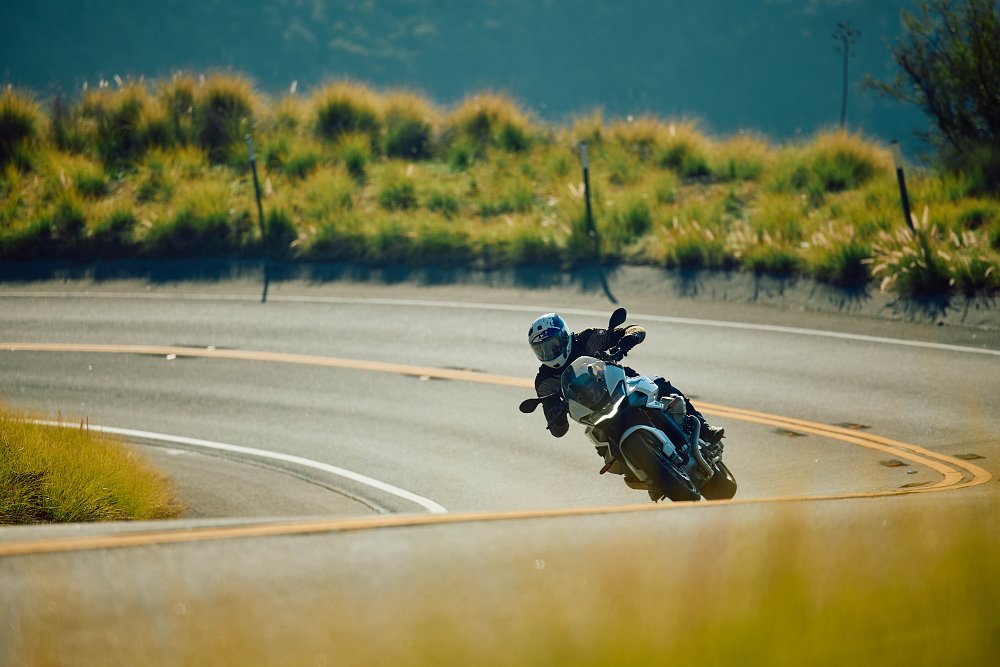
It feels like a machine that was made by people who asked themselves what kind of motorcycle they wanted to ride, not where in the market it might fit. It is sincere, and honest. Beneath its strange little ladybug wings and beyond the idiosyncratic featurettes, it is a visceral experience. Unique, but relevant.
Cross shop all you want, but I don’t think much compares. Even with the base model costing fifteen and a half thousand doll hairs, I’d have to recommend spending two grand more for the S model. Just, promise me you’ll avoid the quickshifter some of the time. To soak in all of that… well, you know.
| 2023 MOTO GUZZI V100 MANDELLO | |
|---|---|
| Price (MSRP) | $15,490 |
| Engine | 1,042 cc, liquid-cooled, four-valve, transverse V-twin |
|
Transmission, final drive |
Six-speed, shaft |
| Claimed horsepower | 115 @ 8,700 rpm |
| Claimed torque | 77.5 foot-pounds @ 6,750 rpm |
| Frame | Steel tube |
| Front suspension | KYB 41 mm fork, adjustable for preload and rebound; 5.1 inches of travel |
| Rear suspension | KYB shock, adjustable for preload and rebound; 5.1 inches of travel |
| Front brake | Brembo four-piston calipers, 320 mm discs, ABS |
| Rear brake | Brembo two-piston caliper, 280 mm disc, ABS |
| Rake, trail | 24.7 degrees, 4.1 inches |
| Wheelbase | 58.1 inches |
| Seat height | 32.1 inches (31.5-inch low seat and 32.9-inch high seat available) |
| Fuel capacity | 4.5 gallons (0.9 gallon reserve) |
| Tires | Pirelli Angel GT II, 120/70R17 front, 190/55R17 rear |
| Measured weight | 525 pounds |
| Available | Now |
| Warranty | 24 months |
| More info | motoguzzi.com |




